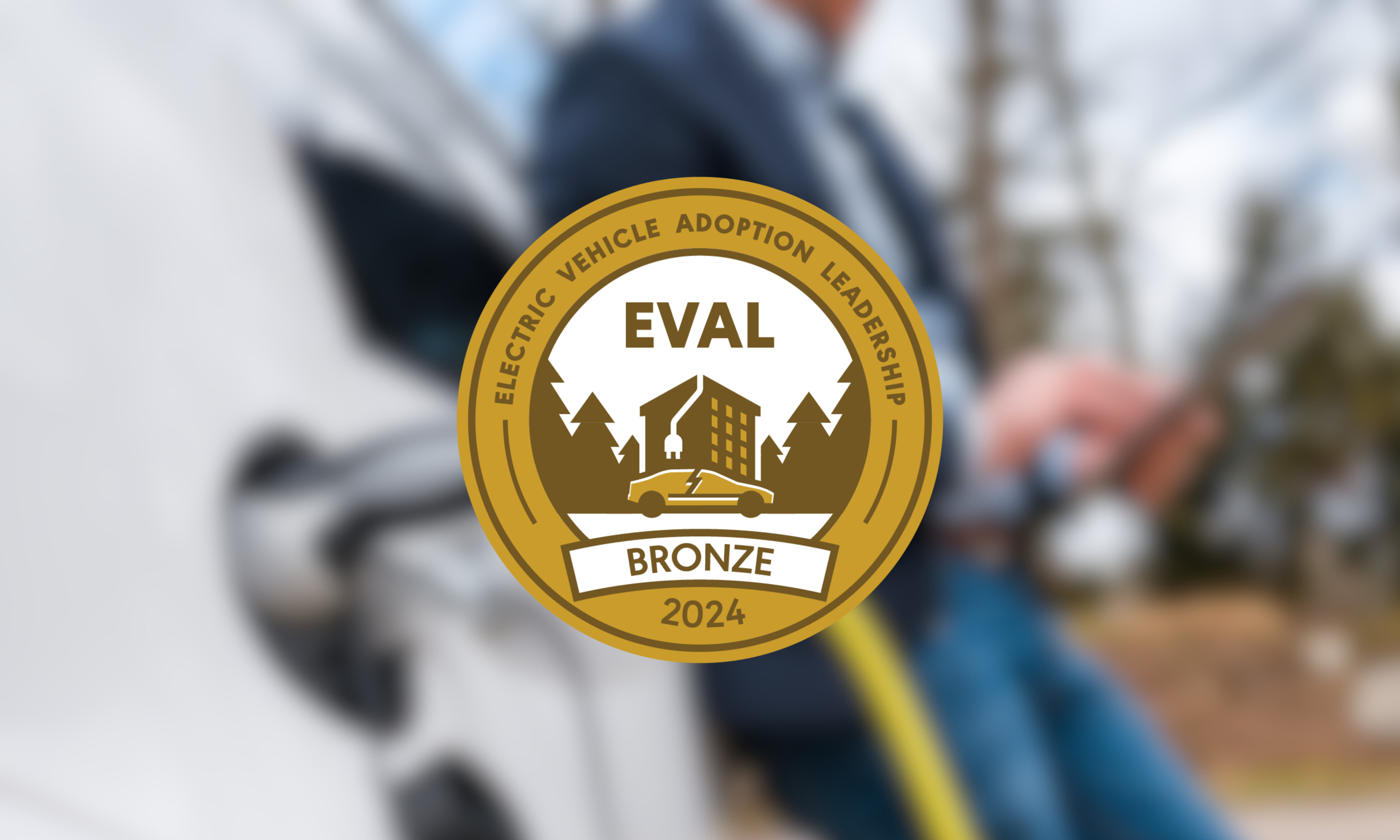Plug In America’s EV Support Program provides personalized assistance to those with questions about electric vehicles, charging, incentives, and more. Anyone may access this service one time for free and Plug In America members have unlimited access.
To get your EV questions answered by phone or email, contact the EV Support Program.
Below are some of the many questions we have answered through the EV Support Program.
How can I take advantage of the federal EV tax credit?
The federal government offers a tax credit of up to $7,500 for purchasers of plug-in vehicles. Those who lease an EV cannot take the credit directly, as it goes to the financial company that owns the vehicle, but some companies pass this credit along to the lessee through lower lease payments.
Because this incentive is a tax credit and not a rebate, your credit will be deducted from your taxes at the end of the year. To claim the tax credit, use IRS Form 8936 when filing your taxes at the end of the year. Please consult with your tax advisor.
The tax credit phases out for each automaker once they have sold 200,000 qualified EVs. As of August 2019, Tesla vehicles are only eligible for 25% of the credit through December 31, 2019. GM vehicles (including Chevy Bolt) are eligible for 50% of the credit through September 30, 2019, then 25% of the credit through March 31, 2020.
Plug In America is urging Congress to extend the federal EV tax credit. Visit our action alert to contact your representatives and make your voice heard!
I am taking delivery on a long-range, dual-motor Tesla Model 3 and am confused by the home charging options. What amp and charger will work best?
For most people, a 32 amp charger will suffice, which is the most common amperage. It goes on a 40 amp circuit.
In order to future-proof your home for the purchase of additional EVs, you might consider installing a 40-50 amp charger. If you plan on purchasing additional EVs in the future, also consider adding another 40 amp circuit for charging a second car in a similar fashion on a separate charging station. You can also buy a charging station with two connectors that shares the single 40 amp circuit, which would deliver the full amperage if one car is plugged in but allow two cars to charge simultaneously at half the power.
While sharing one 40 amp circuit should suffice for most people with two EVs, a final option is perhaps setting aside 100 amps for two chargers, even if you only have one EV at this point. For some homes, though, setting aside 100 amps is impossible or very expensive and probably isn’t necessary.
For information on charging equipment, visit PlugStar.com/chargers.

